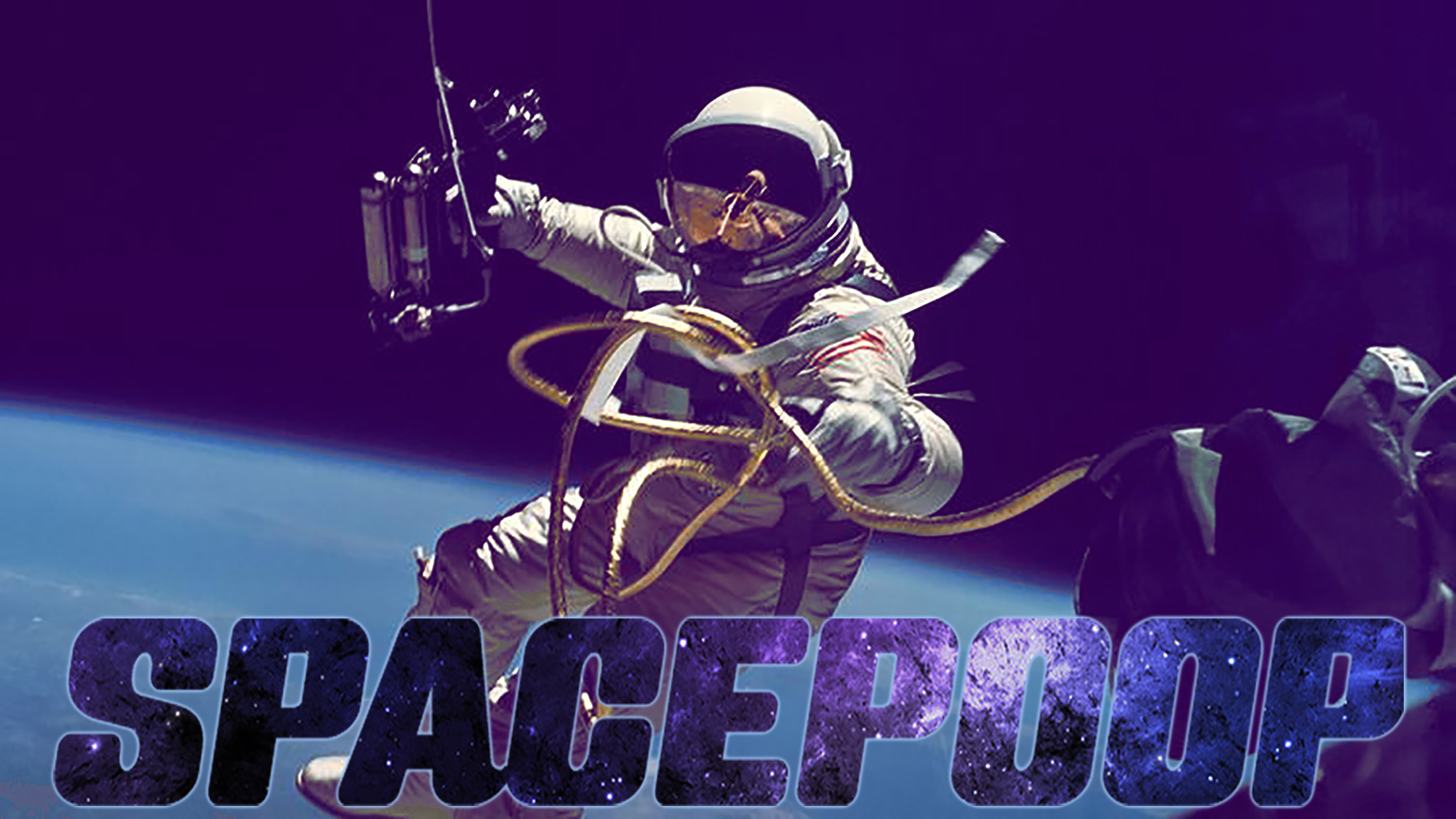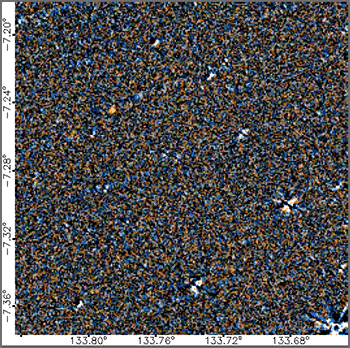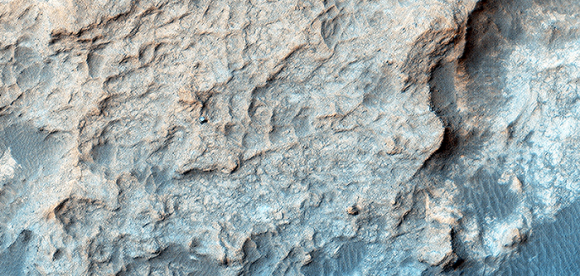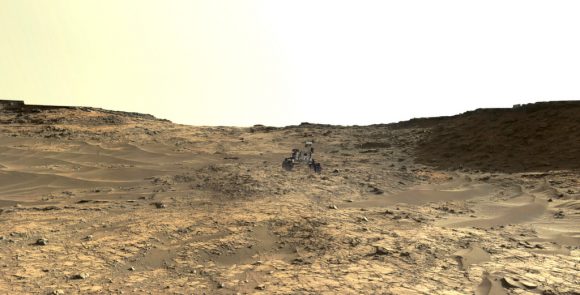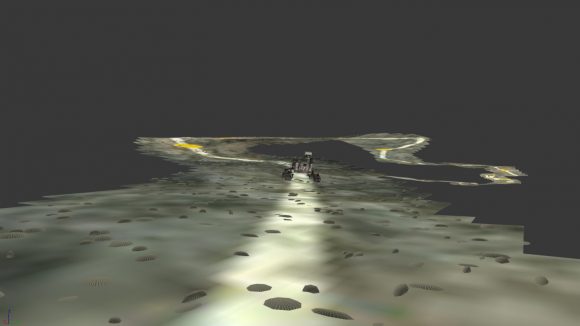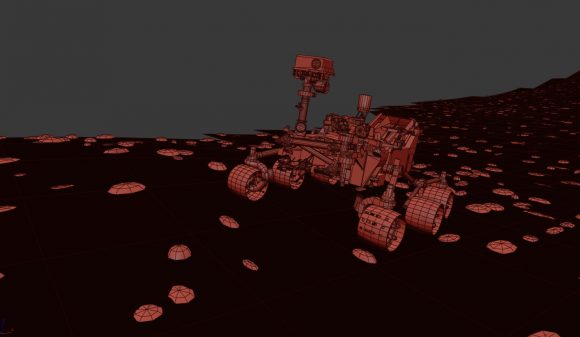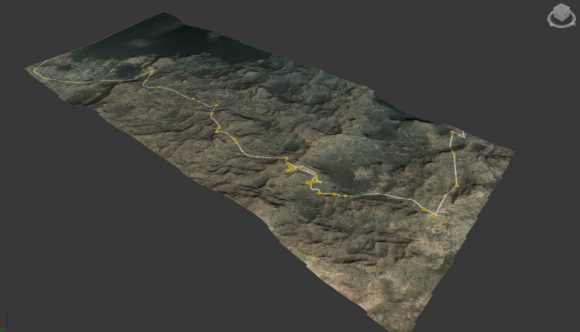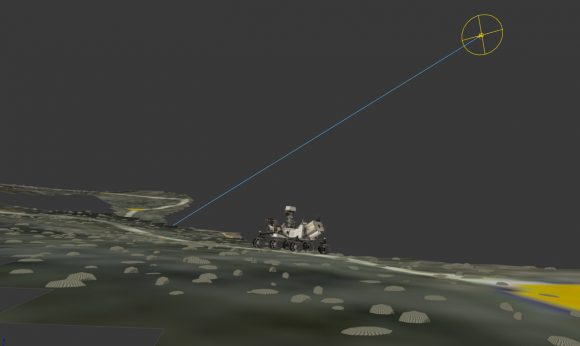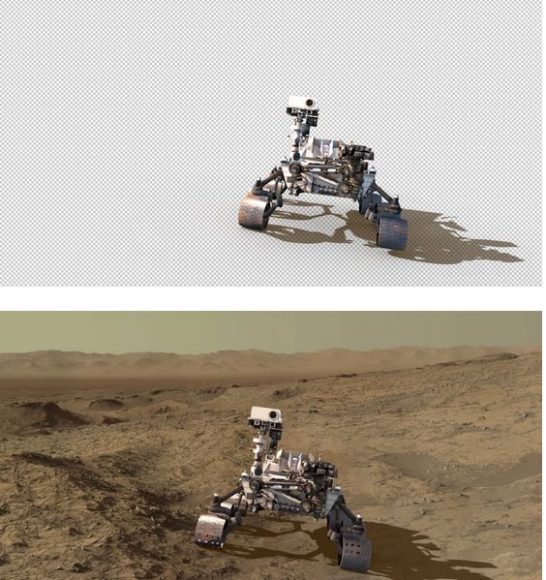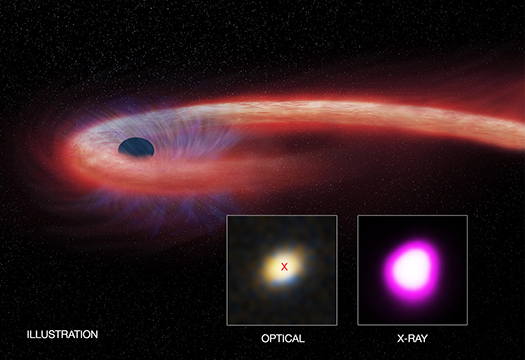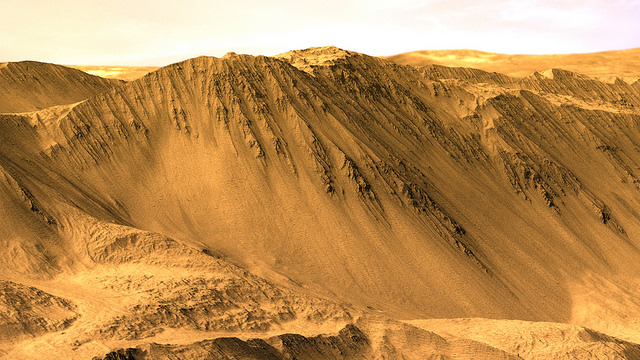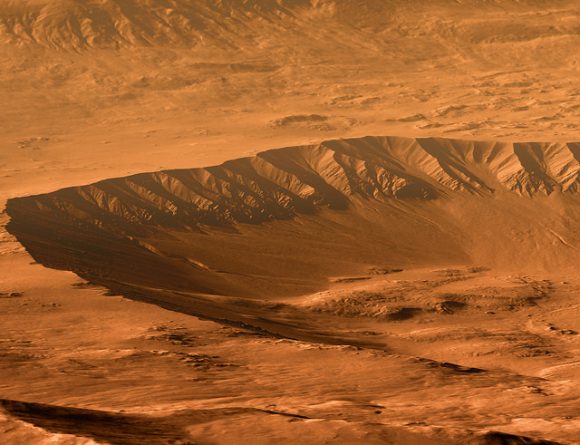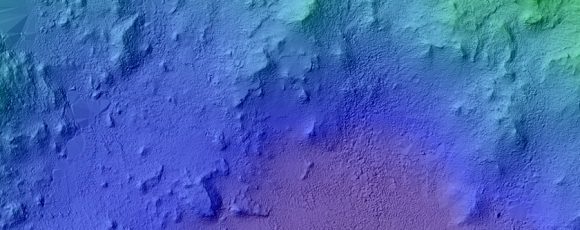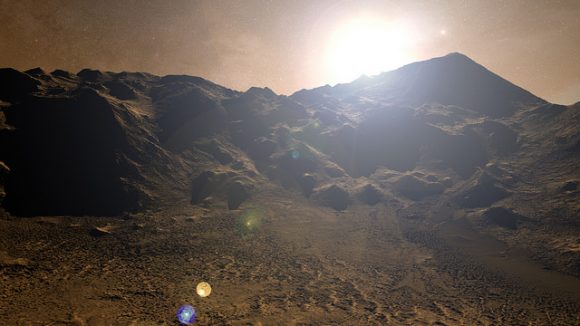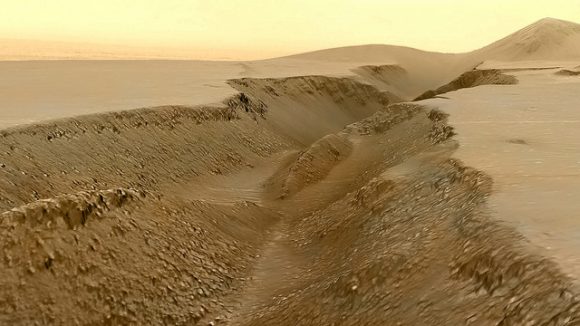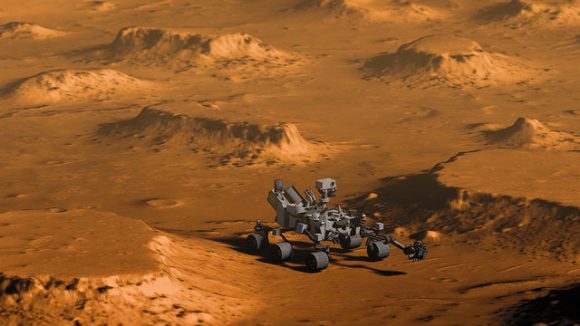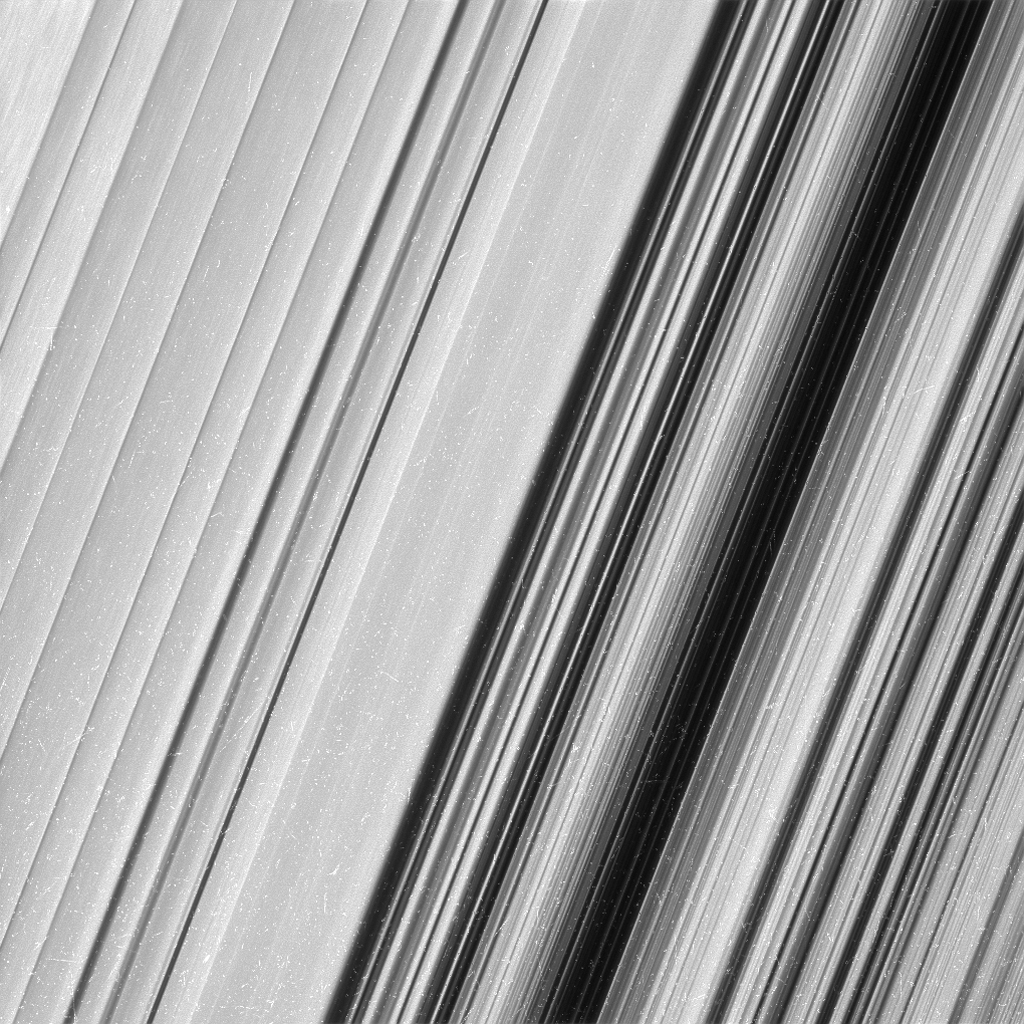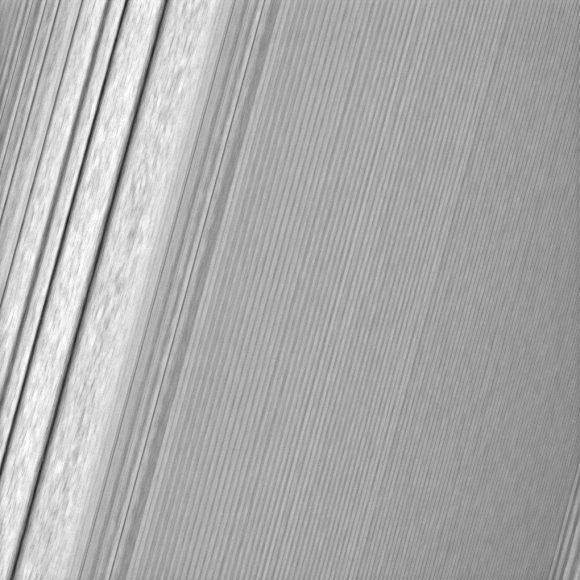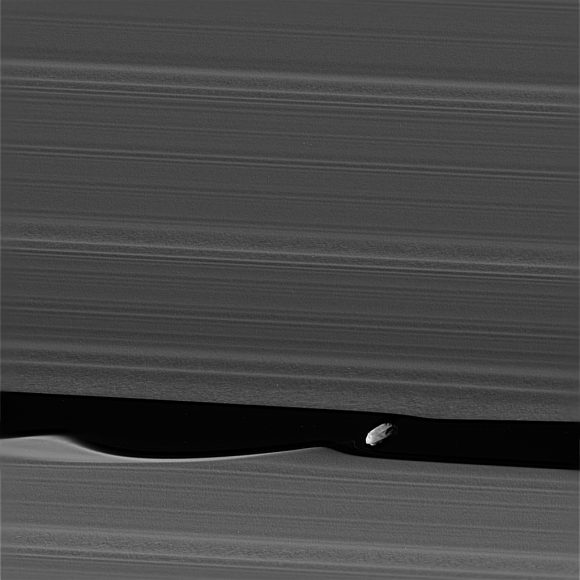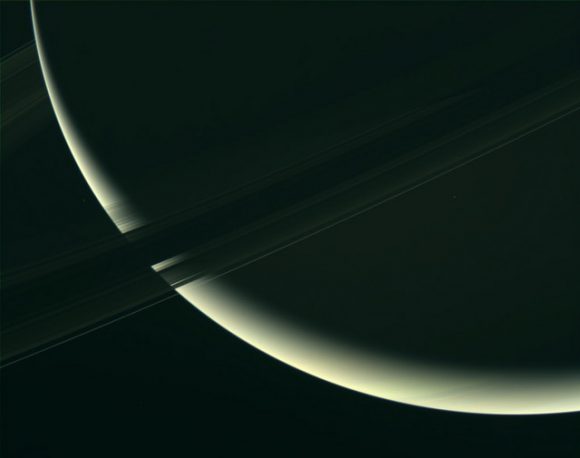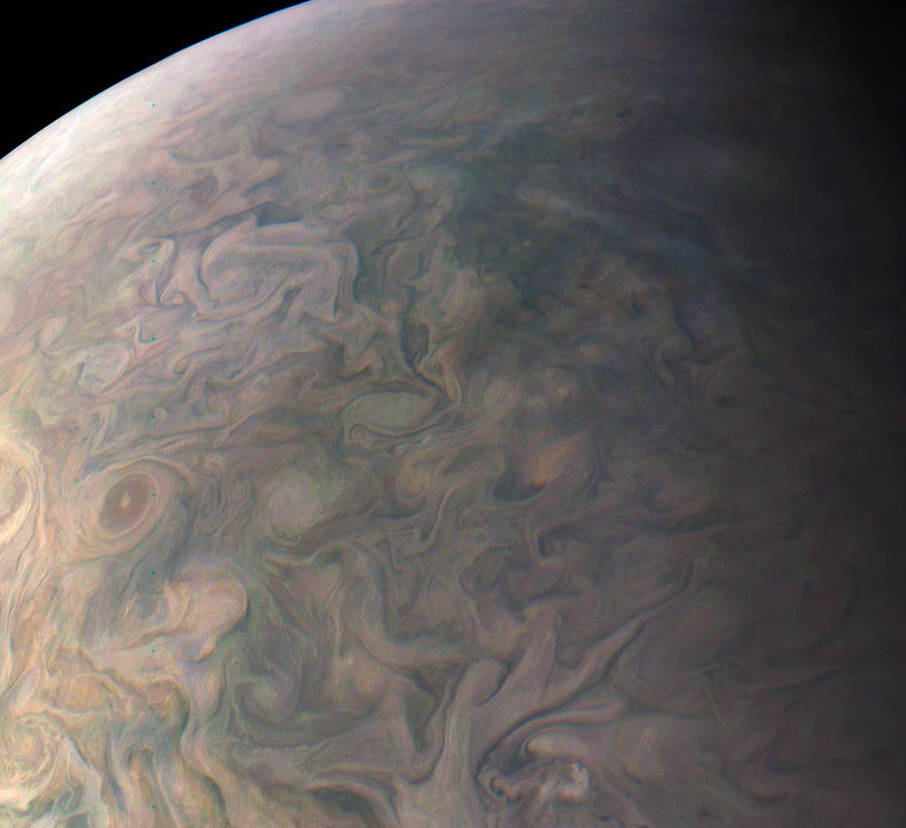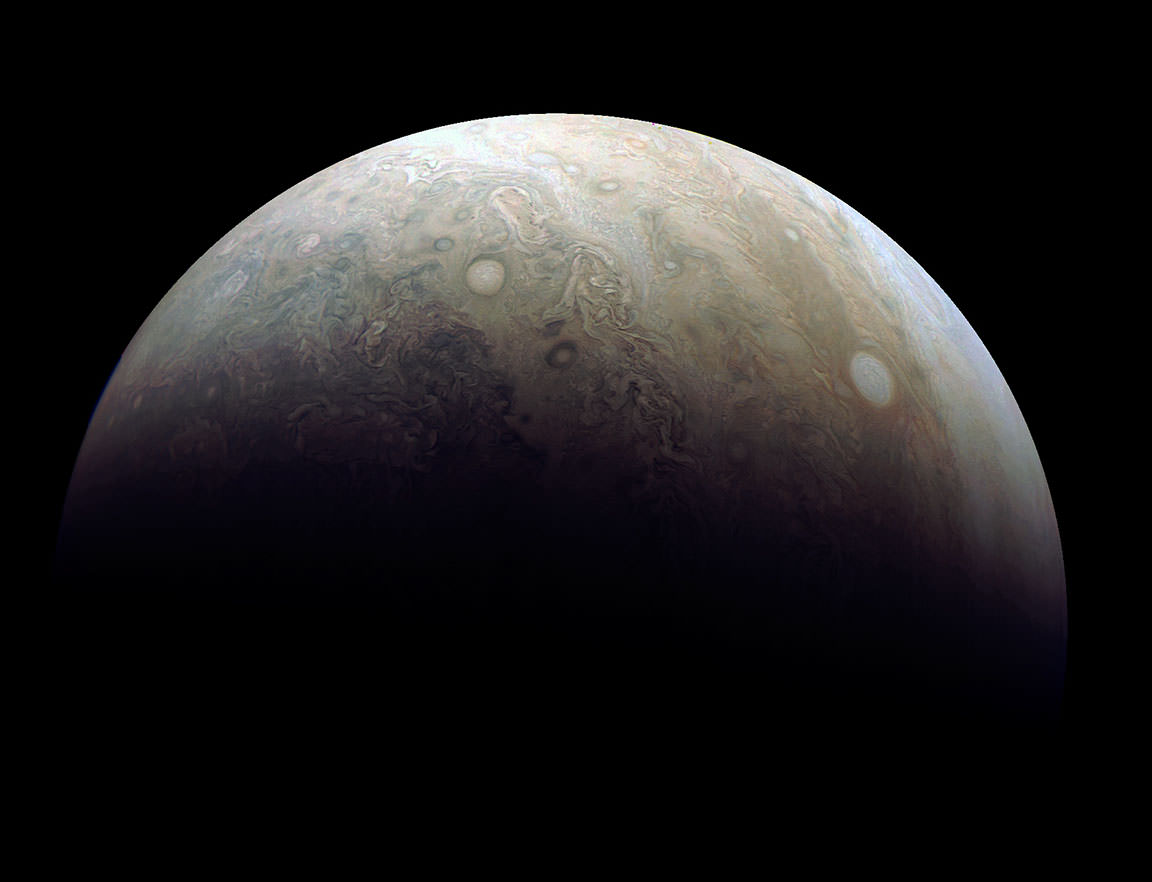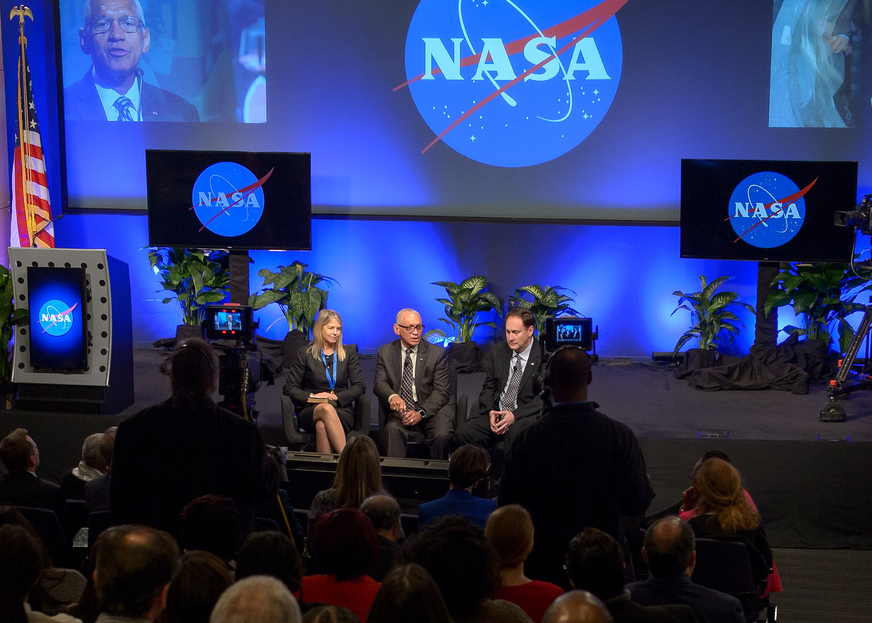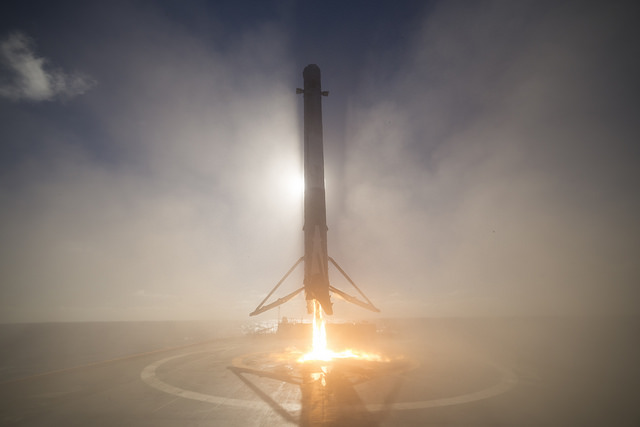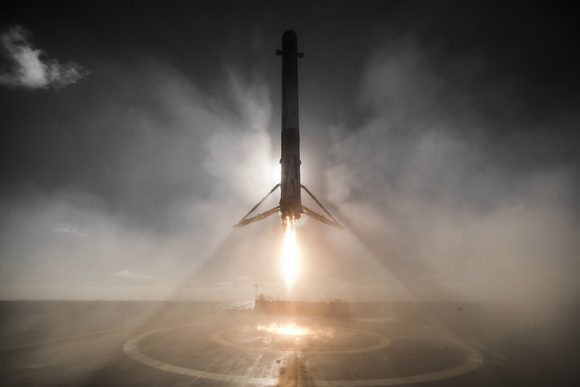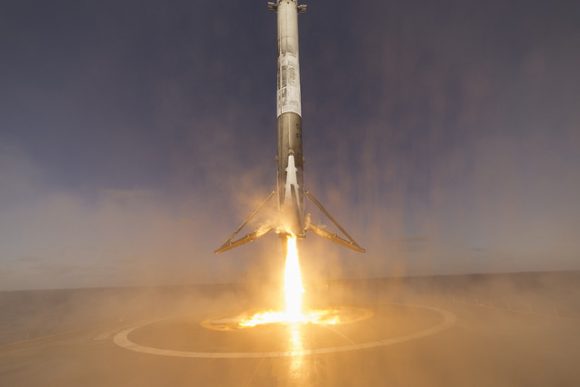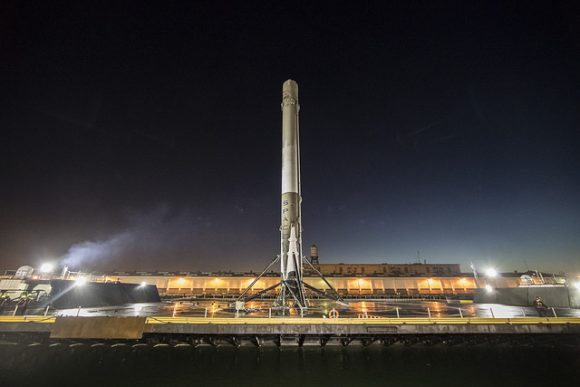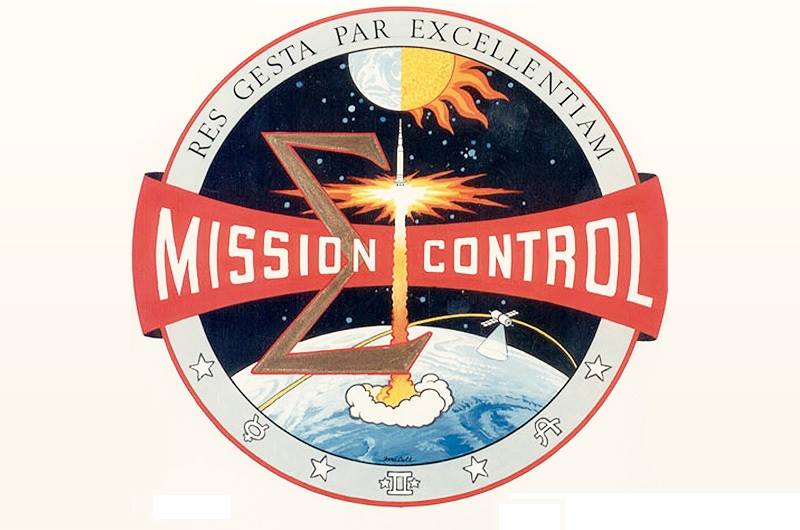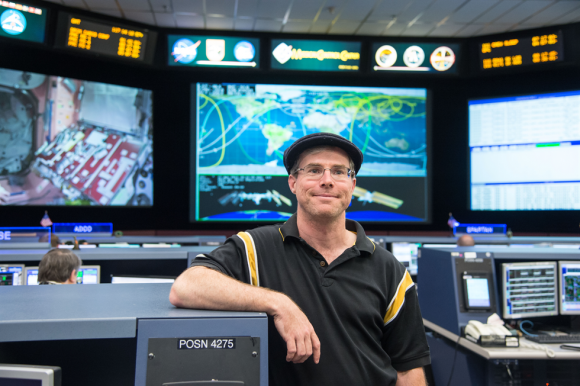You may have thought that whole ‘going to the bathroom in space’ issue had already been resolved, with the International Space Station operating continuously with crew on board since 2000. But as we reported back in December, long-duration, deep-space human missions will create a possible scenario of needing to take care of human waste in a spacesuit longer than just a couple of hours. And so NASA and HeroX issued a Space Poop Challenge, to create an “in-suit waste management system” that can handle six days’ worth of bathroom needs.
HeroX announced this week that five thousand different teams had submitted entries to this challenge, but Air Force officer and flight surgeon Thatcher Cardon won the $15,000 top prize by thinking out of the box, or out of the spacesuit in this case. His concept figures out a way to handle waste by getting it outside of and away from the spacesuit.
For this challenge, NASA wanted to crowdsource the concept of getting away from the MAGs (Maximum Absorbency Garment) – basically adult diapers – currently worn during 7-8 hour-long spacewalks. They need something to handle ‘bathroom needs’ for long duration missions or even an emergency (think Mark Watney) where astronauts might need to spend several days in a spacesuit.
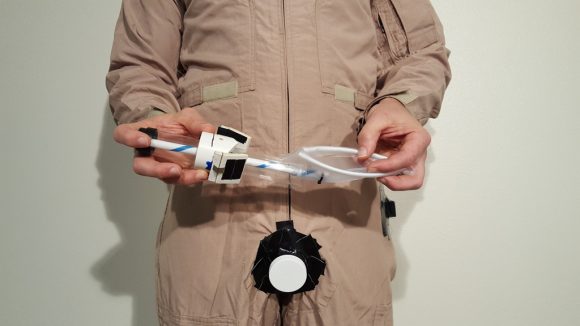
Drawing on his “flight surgeon expertise and borrowing a design from the lingerie industry,” Cardon created the “MACES Perineal Access & Toileting System” that places a small airlock opening called the “perineal access port” in the crotch — or “fig leaf area” as Cardon’s press release called it — through which various devices can be inserted to handle liquid or solid waste.
Cardon said the port imitates surgical technologies such as laparoscopy that use small openings to insert surgical instruments and uses devices that are maneuverable with a spacesuit-style gloved hand.
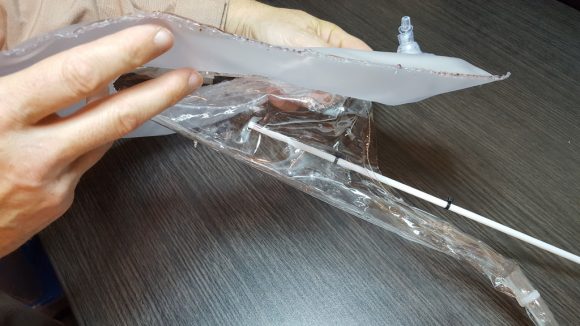
And if you think inflatable space modules are the wave of the future, you’ll love Cardon’s proposal for an inflatable bed pan. The bedpan has an absorbent liner and is can be slide through the port. Once in place inside the spacesuit, it inflates to capture the waste.
Cardon also invented a diaper made of one, long strip. The strip has segments of absorbent gel alternated with plastic segments that layer over the crotch. When one layer is soaked, the astronaut pulls it out through the port and tears it off like tape from a dispenser, exposing a fresh layer of gel.
Cardon said he filed a patent on his devices this week, as many NASA technologies have found widespread use on Earth. Cardon thinks his ideas may have extensive application. For example, the strip diaper might reduce the number of diaper changes needed by bedridden patients.
The $10,000 second-place prize went to three doctors from Houston that called themselves the “Space Poop Unification of Doctors” team. They created a devices that would direct waste through tube that empties into a small storage tank inside the suit.
In third place for a $5,000 prize was the “SWIMSuit—Zero Gravity Underwear.” These underwear disinfect the waste and store it inside the suit.
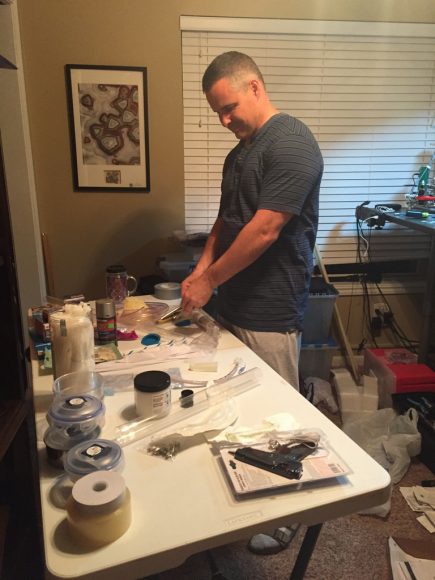
Cardon said in a press release that his involvement in the Space Poop Challenge was “a ton of fun,” and that he involved his entire family and co-workers, and that his small family practice office “was in an uproar” while he was working on his inventions.
Cardon said he will celebrate his win with a poop themed party for his colleagues, family, base community and church friends, complete with poop emoji cupcakes, special-ordered from the local bakery.
Thanks to Dr. Cardon for sharing his images with Universe Today.

